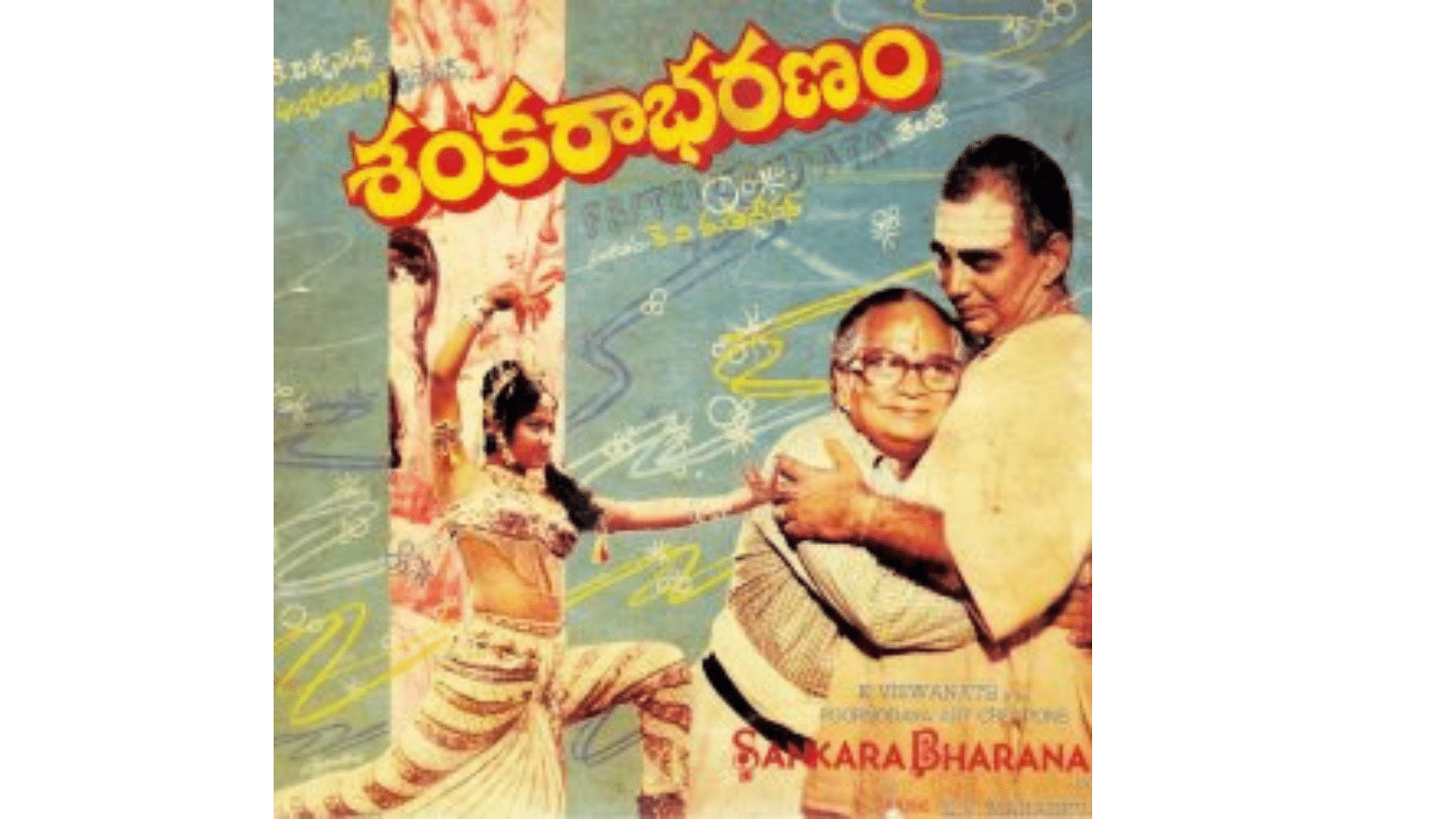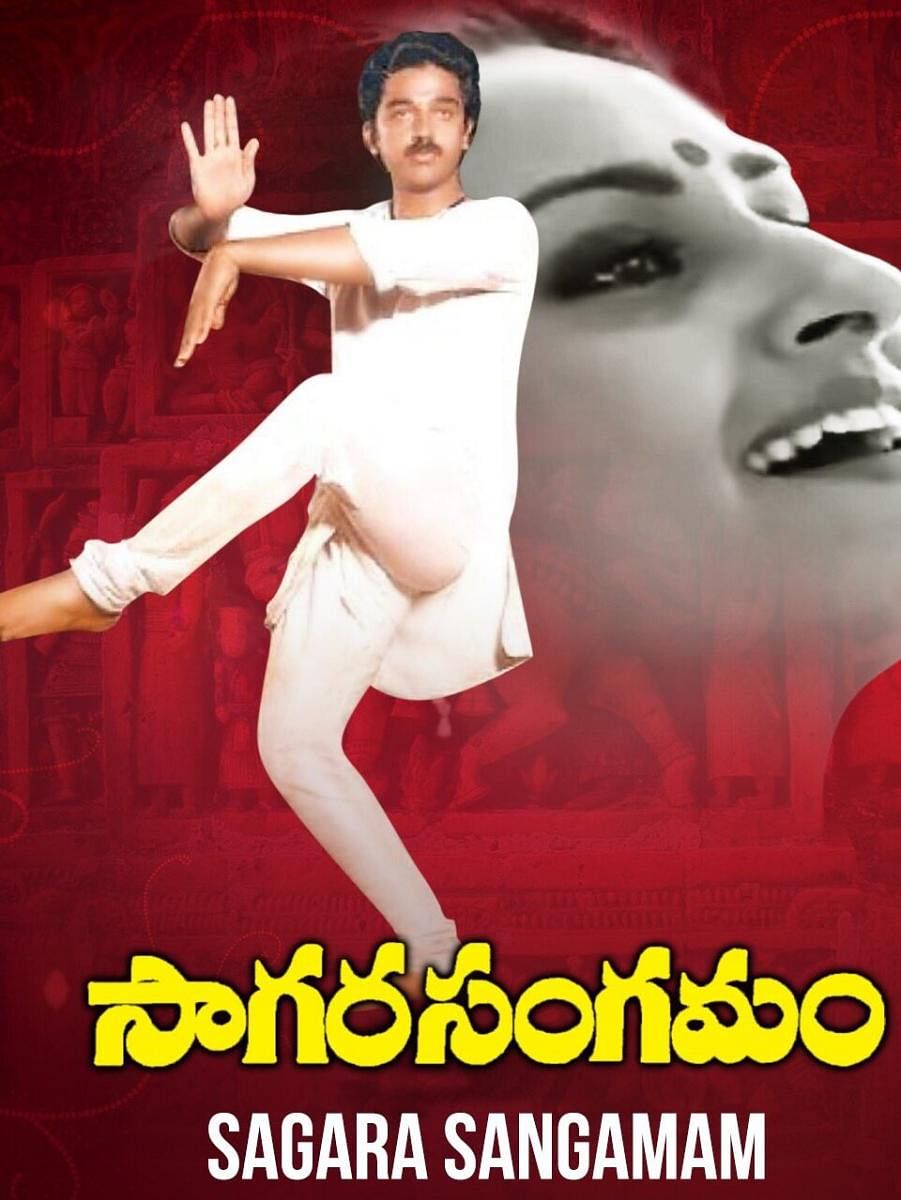

Any conversation about great ‘Telugu Cinema’ would be incomplete without referring to the legendary K Vishwanath. An auteur par excellence, he strived to bring out the best of classical traditions, be it music, dance or the art of filmmaking itself. The recent passing of the legend is indeed an irreparable loss for the Telugu Film industry. Nonetheless, he has left us a treasure trove of films that bring out the best of ‘Telugu culture’, represented through the most authentic and aesthetic means.
Although largely made in Telugu, his films have an appeal that go beyond language and region and anyone with a connoisseur’s eye can discern that his films not only bring out the best of traditional arts but also gave equal importance to folk traditions. Sankarabharanam (1980), his magnum opus as a director, showcased the neglect of traditional Indian music due to influence of modernity and Western culture. The film, later, contributed to the revival and comeback of Carnatic music in a huge way. Considered a classic, Sankarabharanam broke several records and ran for over a year in theatres.
Vishwanath’s other films like Swathi Muthyam (1985), and Sagara Sangamam (1988) had storylines that brought fresh approach to the plots in regional cinema by talking about relationships beyond the familial or the romantic. In them, art forms become the common point that connect the main characters in a more spiritual way rather than a physical or materialistic manner. Another masterpiece is Swarnakamalam (1988), starring Venkatesh and Bhanupriya in the lead. The film is dedicated yet again to classical dance, where Sharon Lowen, the American Odissi dancer and disciple of Kelucharan Mohapatra, appeared in a special role while Venkatesh donned the role of a painter.
While art was central to Vishwanath’s oeuvre, he also dealt with marginalised themes like disability and caste with great sensitivity. This was a refreshing change in Telugu cinema in those times. Media and film scholar, CSHN Murthy, in his essay, observes that Vishwanth’s filmography dealt with a wide range of characters such as the blind hero and deaf and dumb Suhasini in Sirivennela (1986) or the mentally challenged Kamal Haasan in Swathi Muthyam (1985). These are roles that will remain forever in the minds of every Telugu cinephile.
Through these protagonists, Vishwanath offered a true-to-life image to the actors unlike the hyper-masculinised hero or the stereotypically glamorous heroine common to Indian cinema. Although being a traditionalist, his humanist sensibilities were influential in as he presented stars like Chiranjeevi in characters of a common man who fights the dowry system in the film Shubhalekha (1982). The film itself was inspired by well-known Telugu writer, Gurajada Venkata Apparao's Kanyasulkam, a literary classic. In yet another film, Swayam Krushi (1987), he worked again with Chiranjeevi to show him as a working-class man coming from a community of cobblers in a rags-to-riches story.
Hence, Vishwanath’s films are epitomes of inclusivity, with concerns of social issues represented through cultural forms. His films had offered a de-westernised modernity that could both re-live and revive tradition, while embracing pluralities and empowering the often neglected or the oppressed. He will be remembered as the celebrated filmmaker who could traverse the path between mainstream commercial cinema and art/parallel cinema with an ease that is unmatched even today and demonstrated how good cinema can be made within so-called ‘traditional paradigms' while encompassing the forbidden.
(The author is an artist and researcher based in Hyderabad. She teaches painting at college of fine arts at the JNAFA University.)